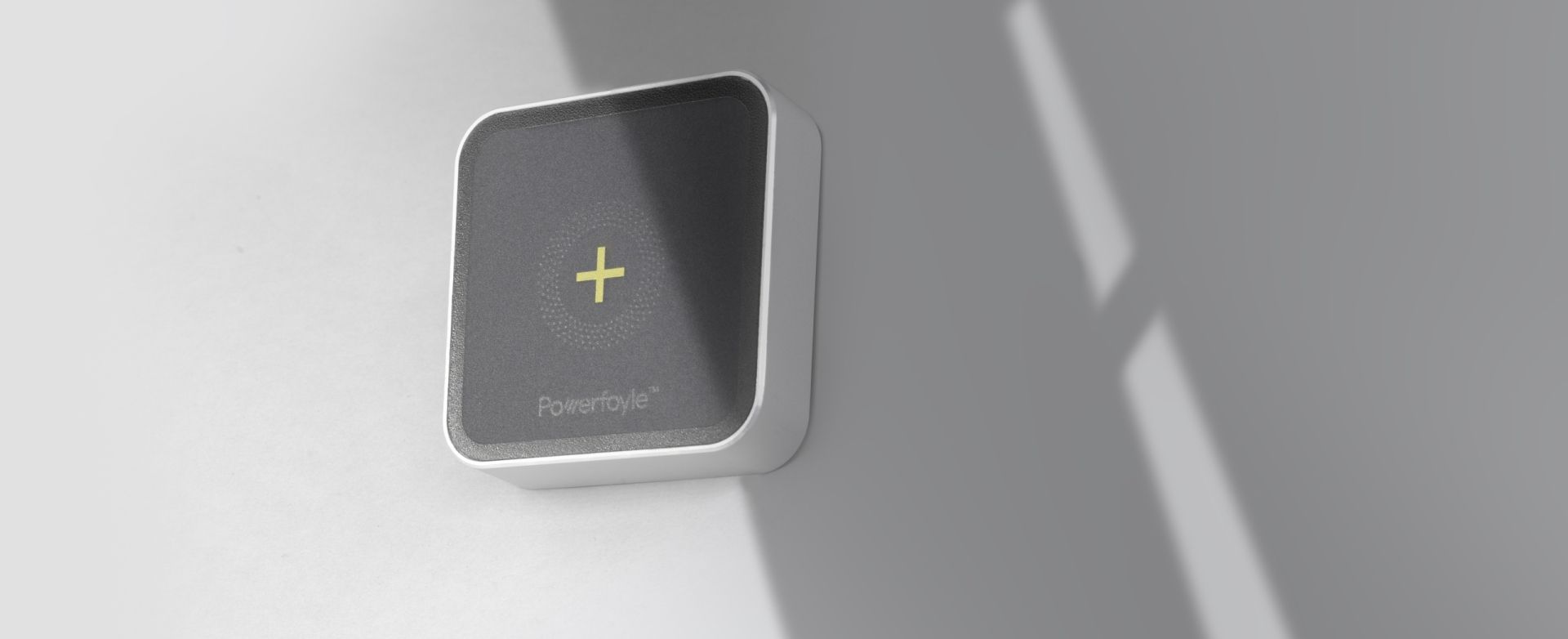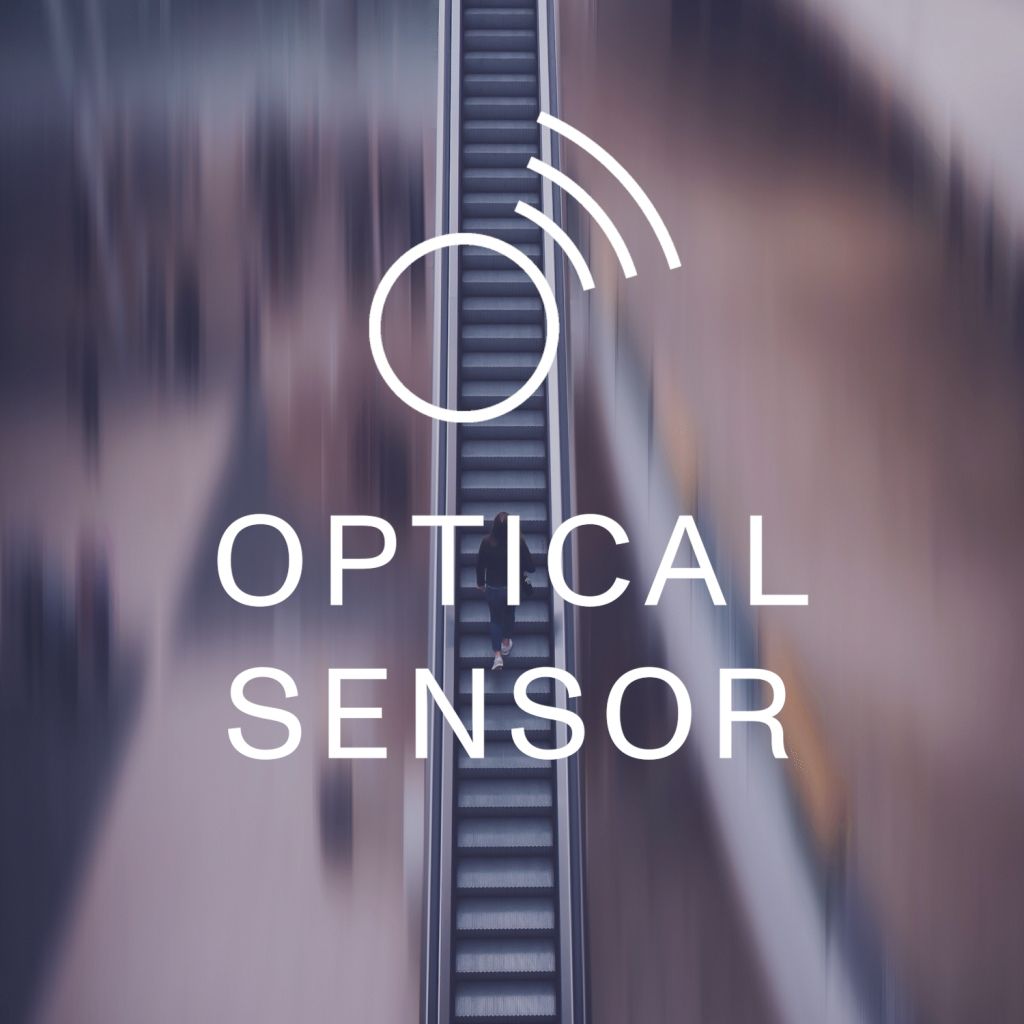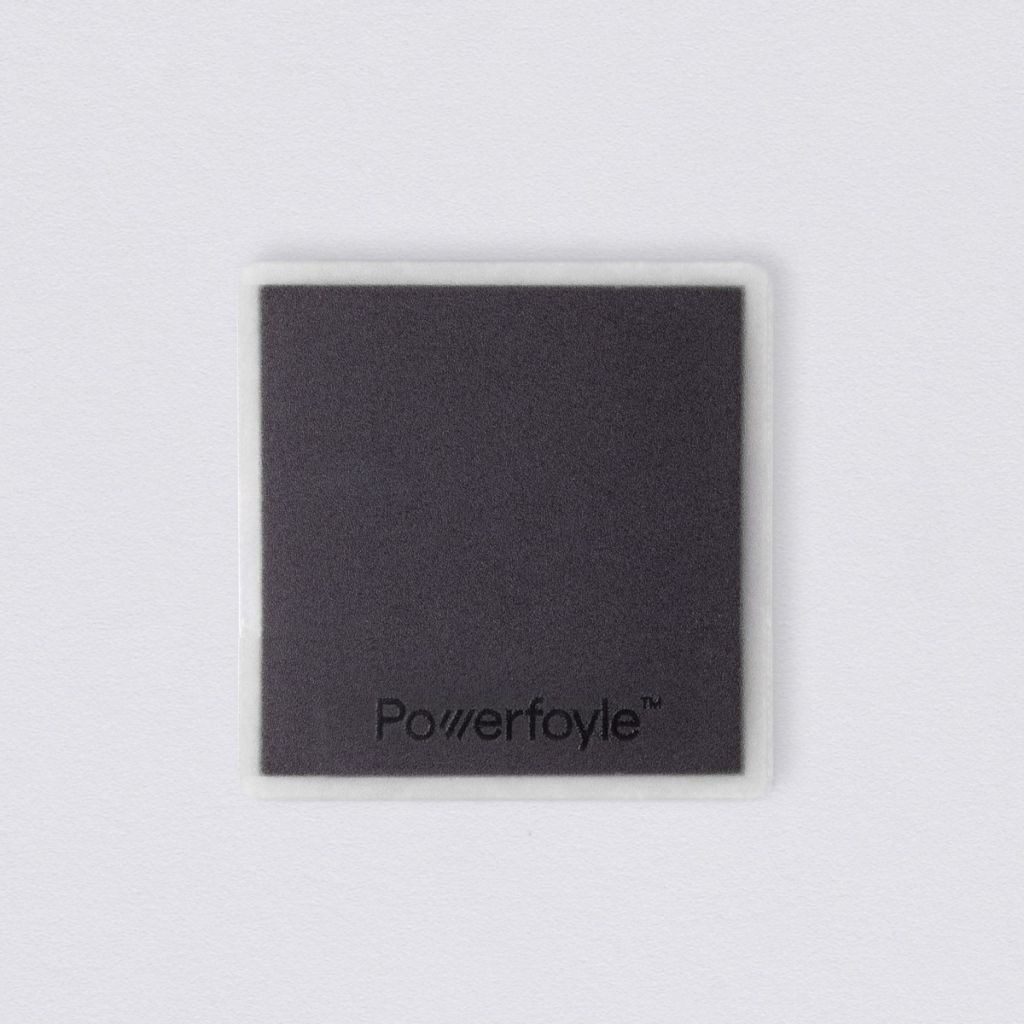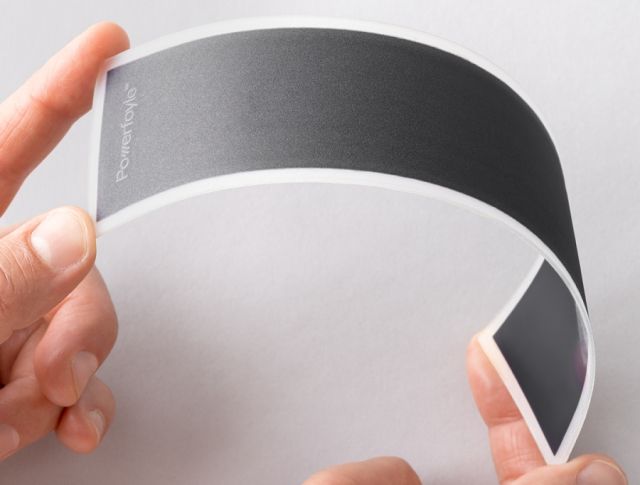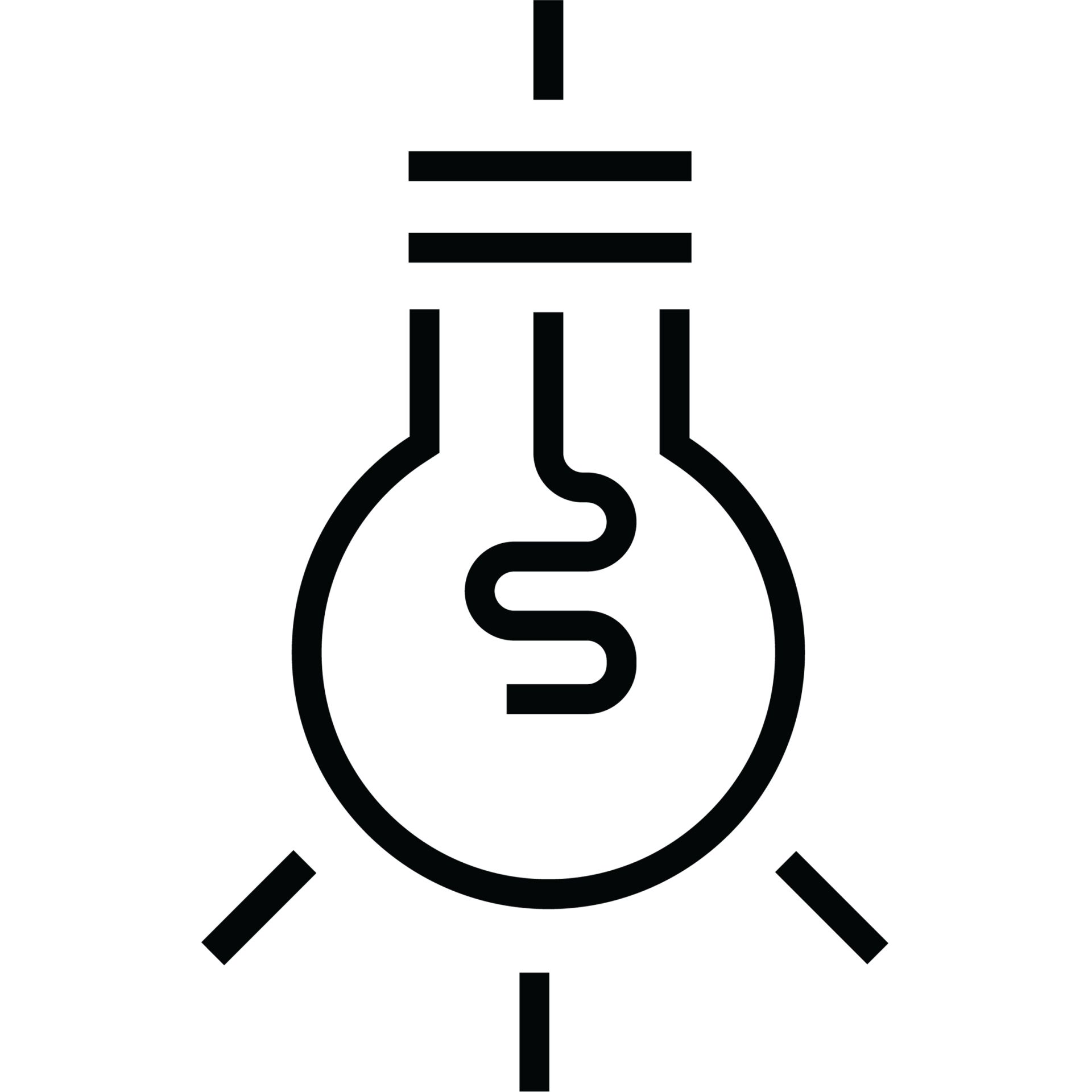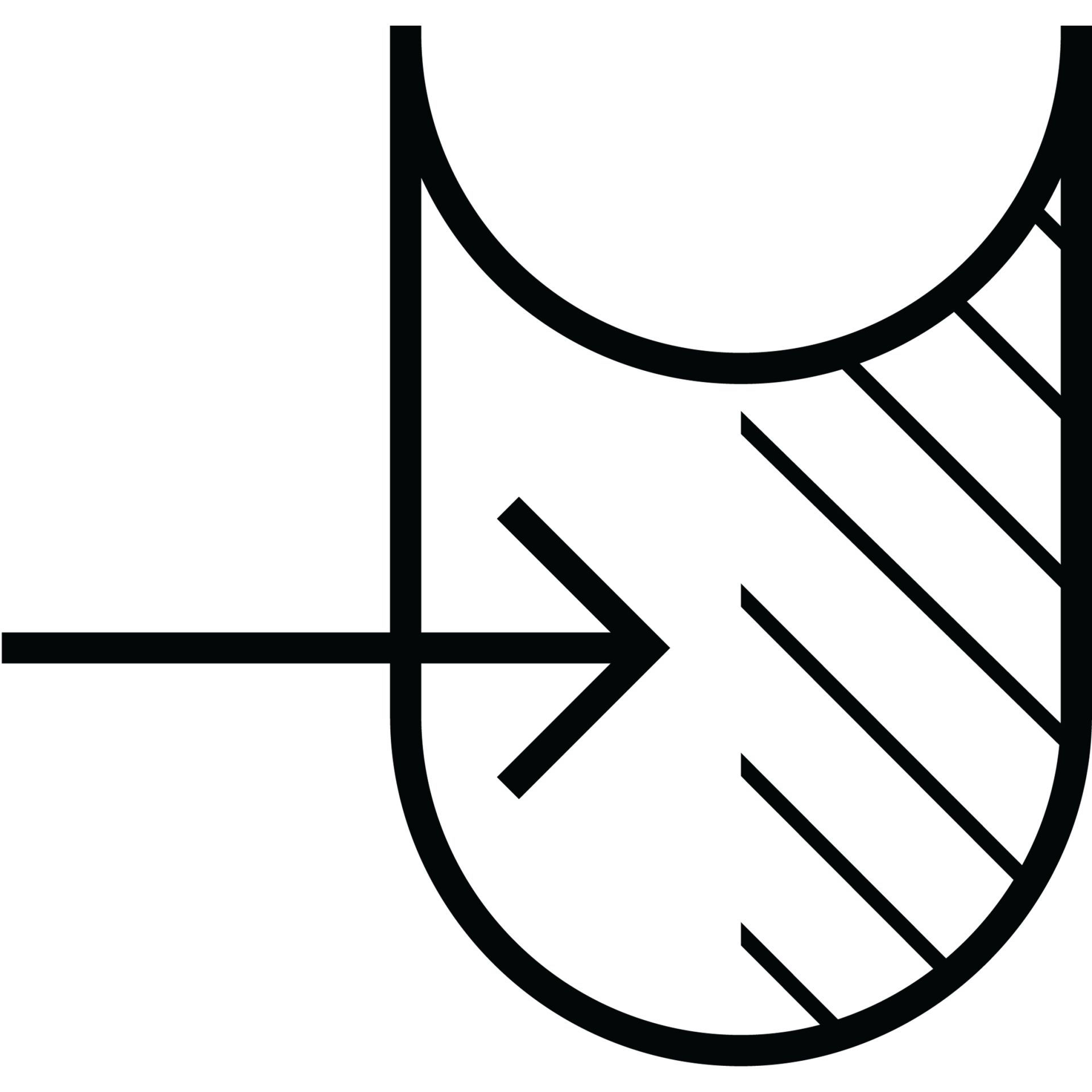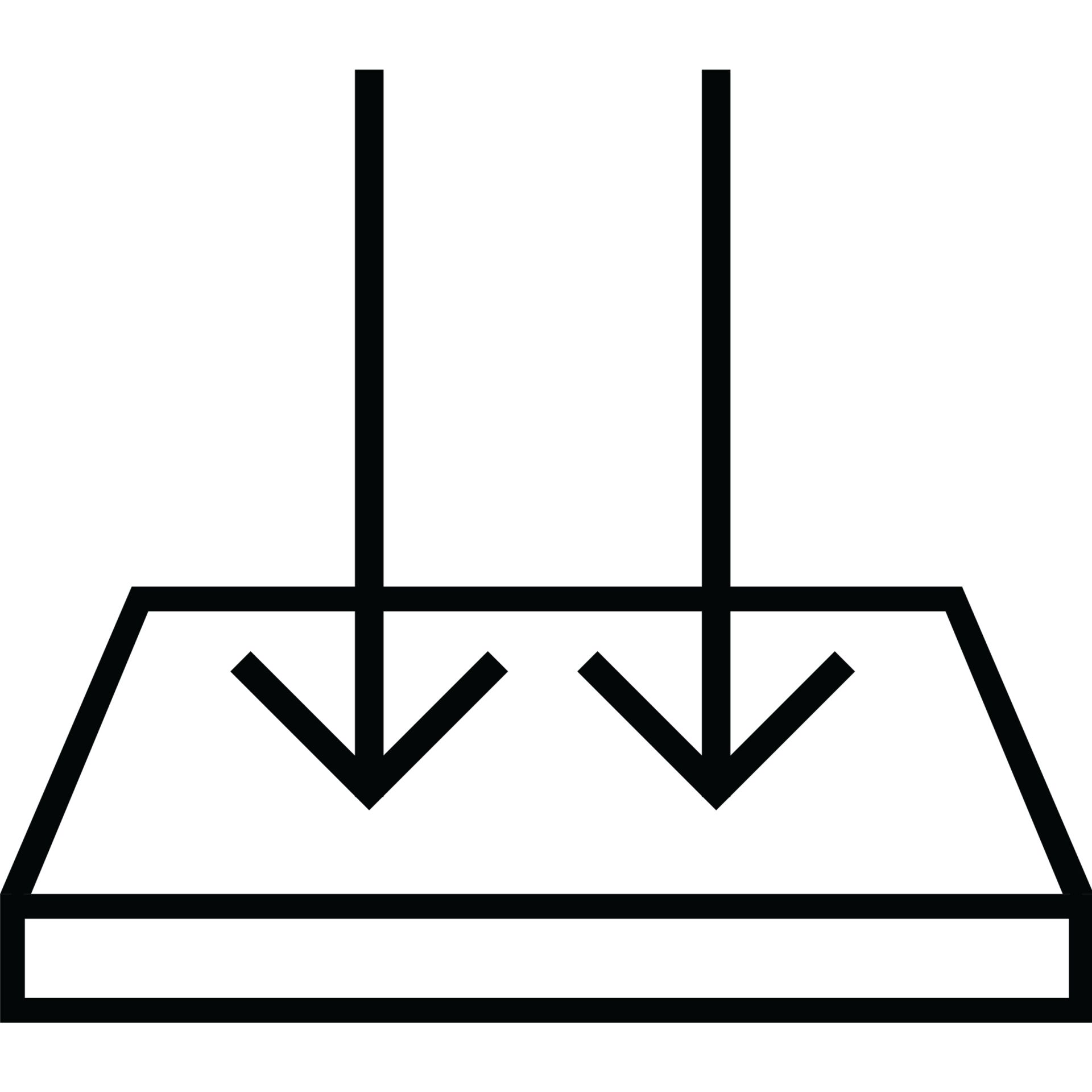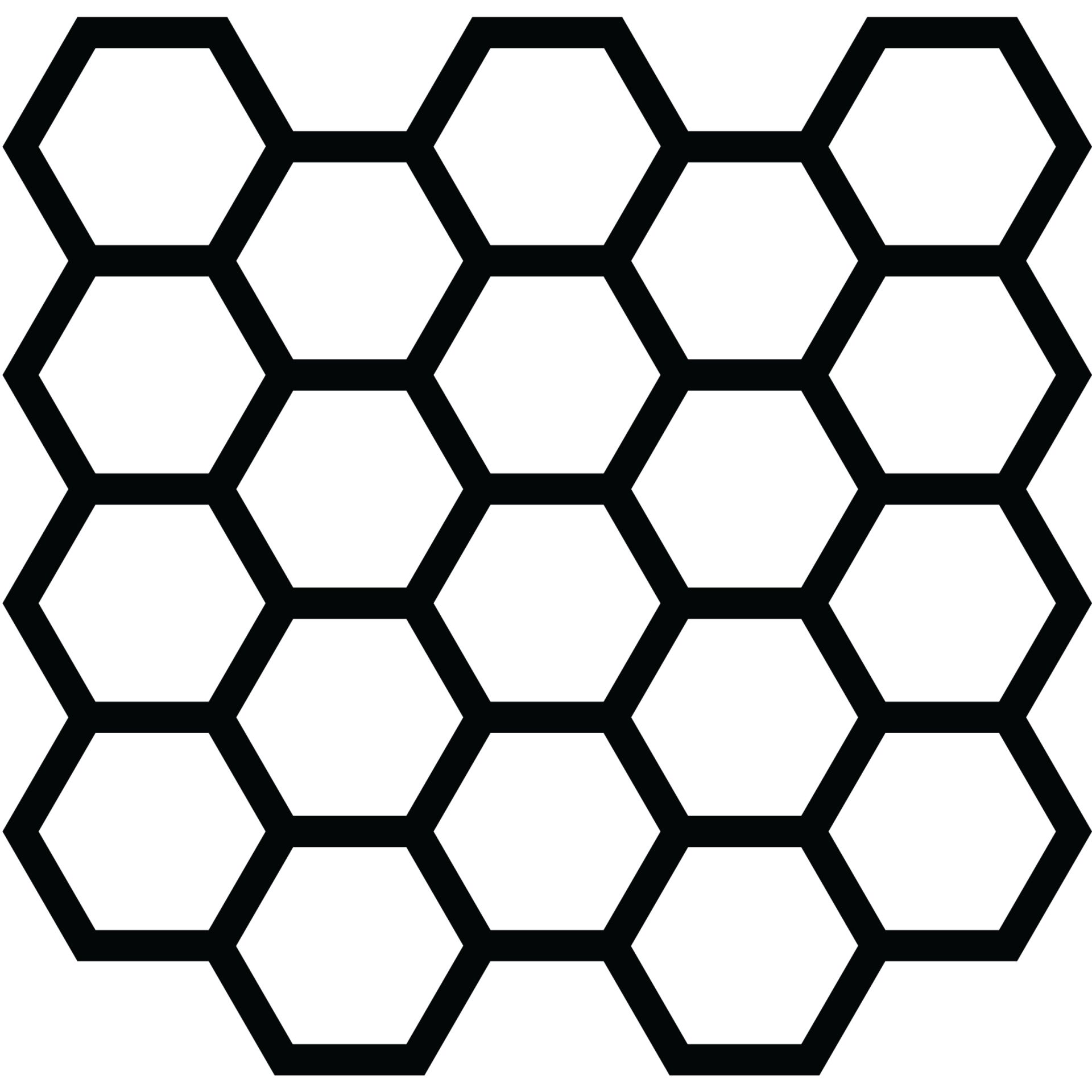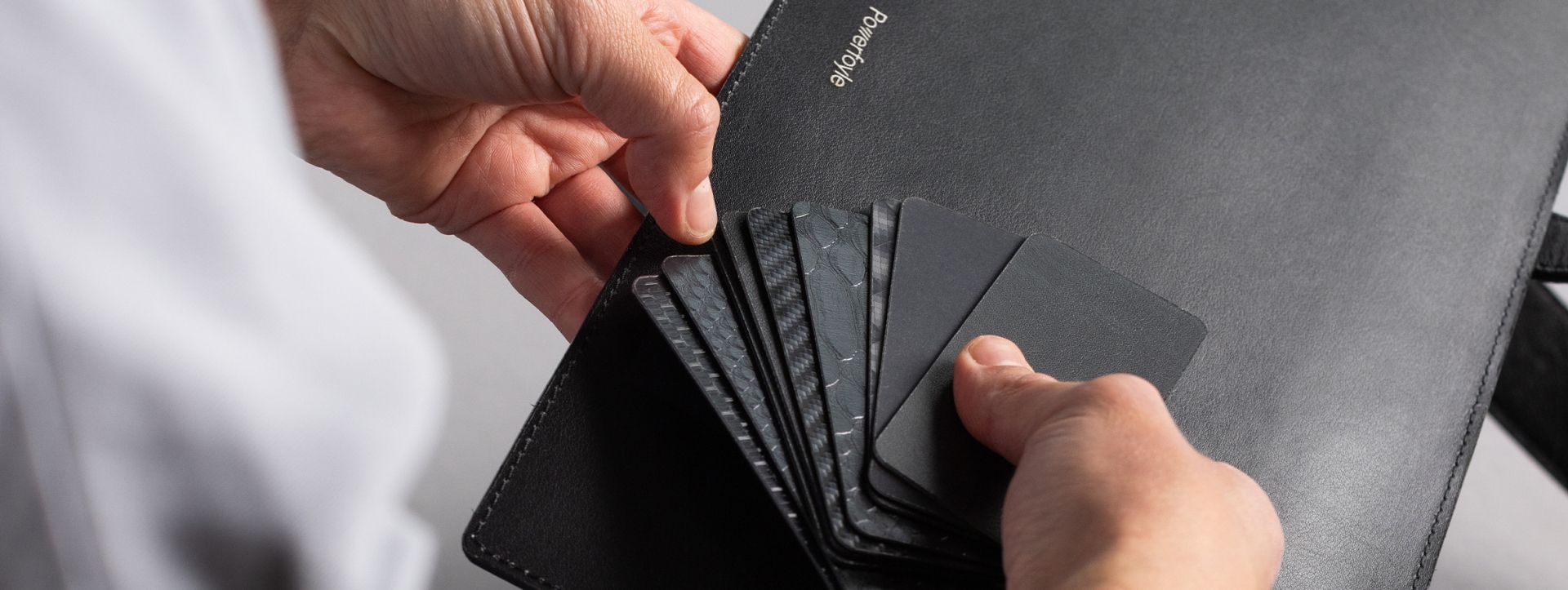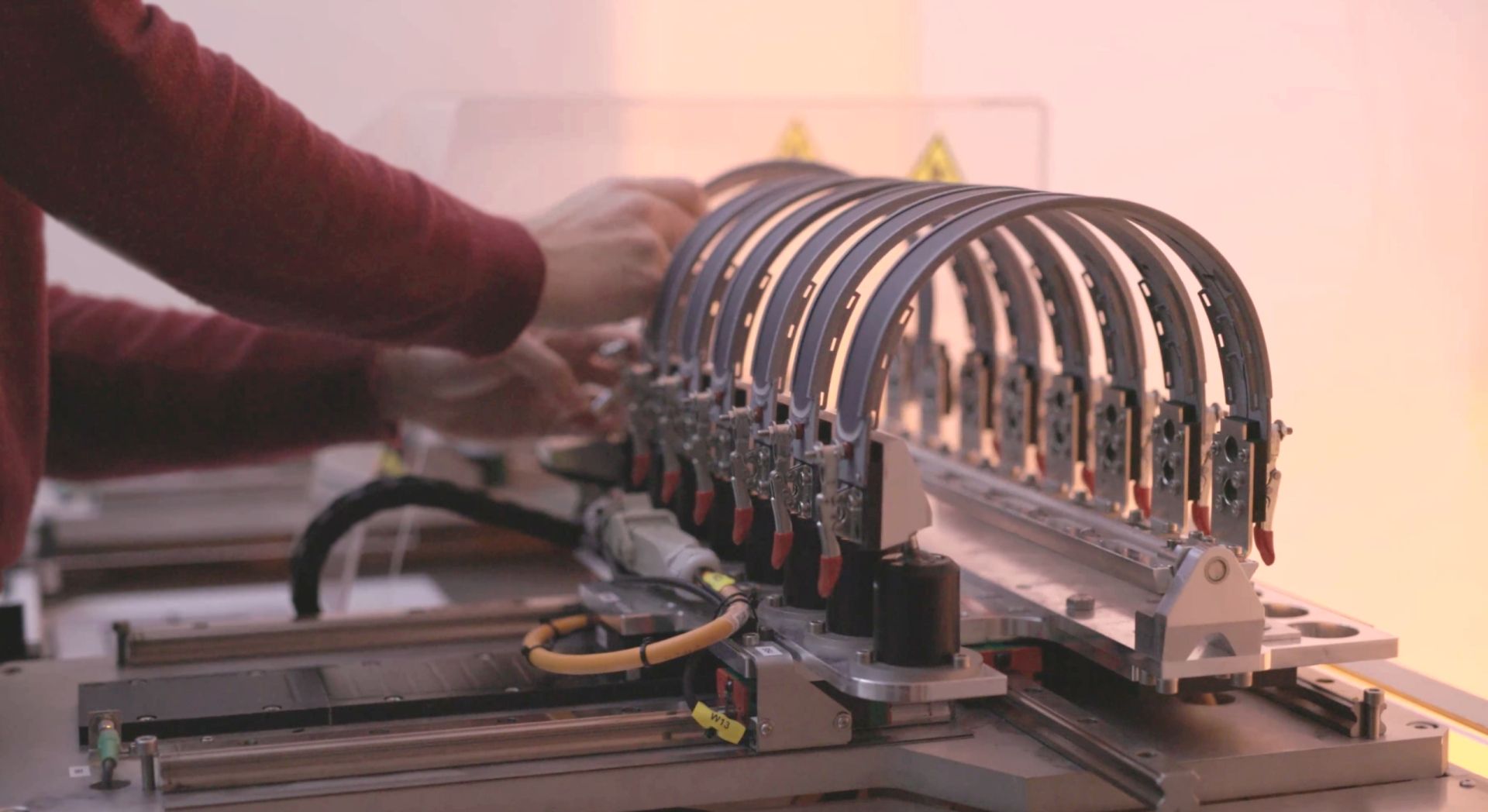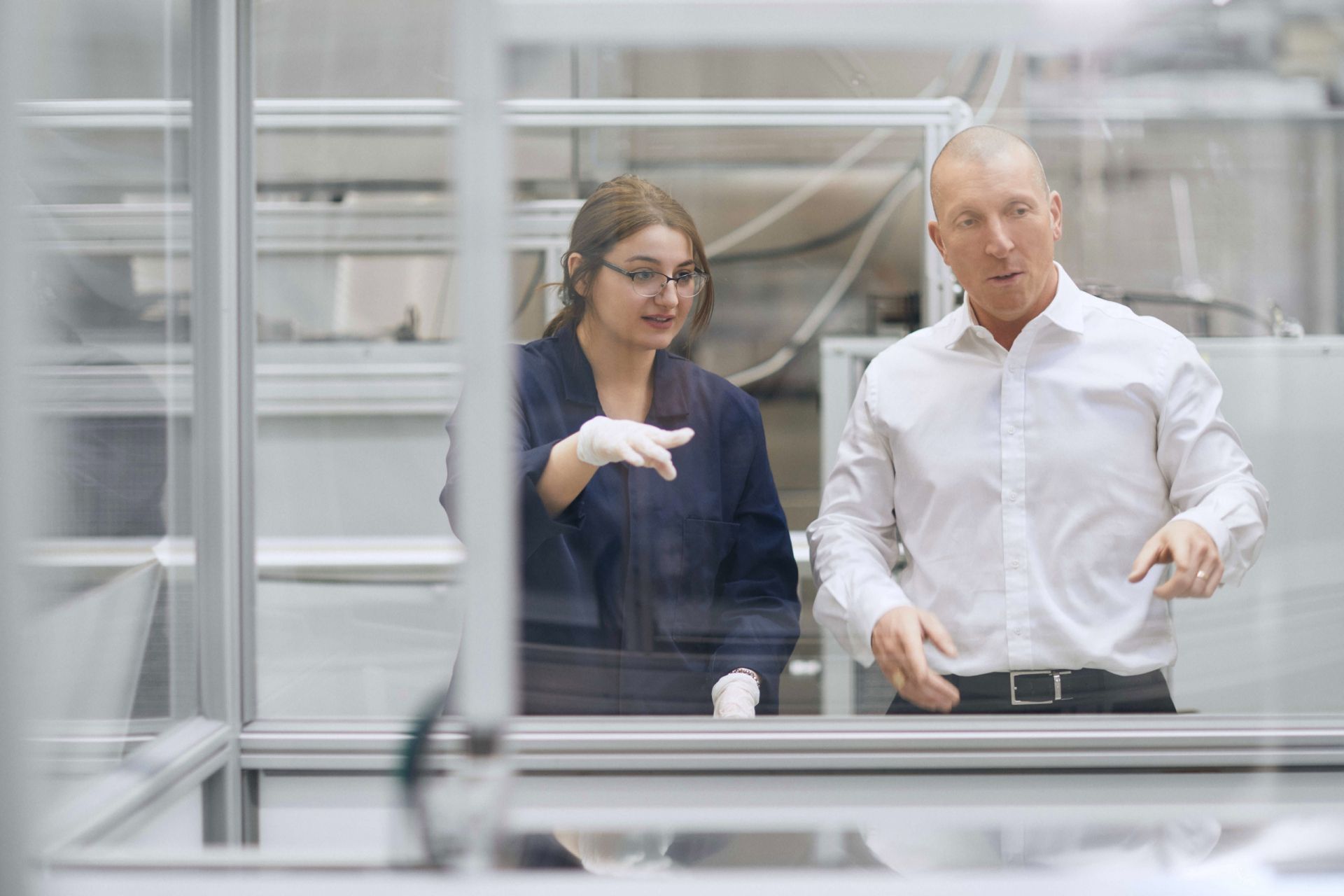ENDLESS energy Using Indoor Light
Powerfoyle solar cells stand out for their exceptional performance. We offer two versions of our solar cell: Powerfoyle Indoor and Powerfoyle Hybrid. Each version is optimized to ensure maximum power output based on the light conditions. So even in low, indoor light the solar cell generates as much power as possible, as it is designed especially for that environment.
Thanks to our dye-sensitized solar cell type, our cell can also produce energy in partially shaded conditions, and because it is a single cell, there are no silver lines or area loss.
Without the restraints of battery drain, Powerfoyle-powered sensors can offer enhanced features and more frequent data transmissions, and there’s no need for big batteries or frequent battery replacement. With the benefit of endless clean energy, Powerfoyle paves the way for smarter, more effective sensor devices.
